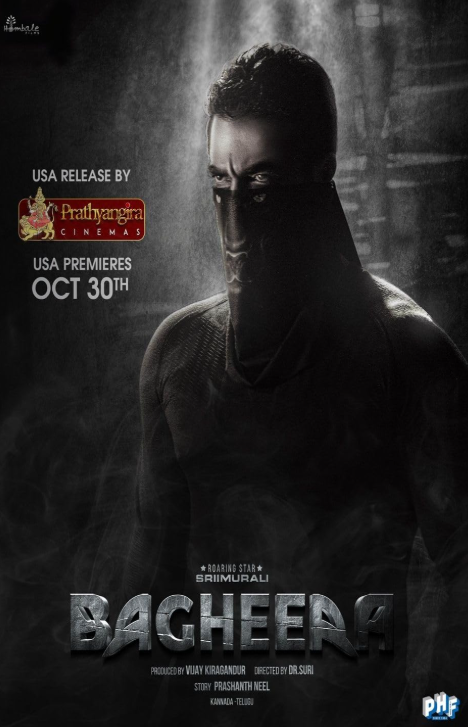Bagheera, the infamous dull puma from Rudyard Kipling’s The Wild Book, has captivated perusers and watchers for periods. Known for his smooth dull coat, puncturing brilliant eyes, and loyal commitment, Bagheera is a character that epitomizes both quality and benevolence. He serves as a direct and guard to Mowgli, the man-cub, coordinating him through the dangers of the wild with savvy and courage.
But Bagheera is more than reasonable a recounted character. The title “Bagheera” itself is induced from the Hindi word “बाघ” (bagh), meaning “tiger” or “big cat,” emphasizing his wonderful and interesting nature. In well known culture, Bagheera symbolizes balance—he is both incensed and maintaining, strict in any case cherishing, making him one of the most layered characters in composing and cinema.
Origins and Background
Bagheera’s backstory incorporates significance to his character. Born in control, he gotten absent the chains of human control to get a handle on the wild, molding a significant affiliation with his characteristic establish and the jungle’s laws. His travel from restriction to opportunity parallels his portion in making a distinction Mowgli investigate the complexities of the wild and human society.
Symbolism and Legacy
His talks to adaptability, adaptability, and mentorship. His character reminds us of the centrality of course, educate, and sympathy in overcoming challenges. Over the a long time, Bagheera has as well finished up a social picture of guardianship, frequently related with guaranteeing the defenseless and standing against injustice.
In Cutting edge Media
From Disney’s alterations to unending insightful references, Bagheera continues to persuade and captivate get-togethers of individuals. Whether portrayed as a adroit sage or a incensed guard, his inheritance remains evergreen, illustrating that his story rises over periods.
